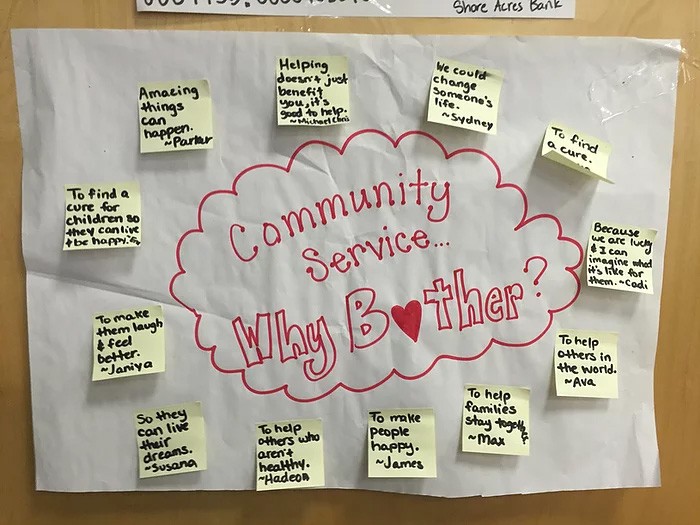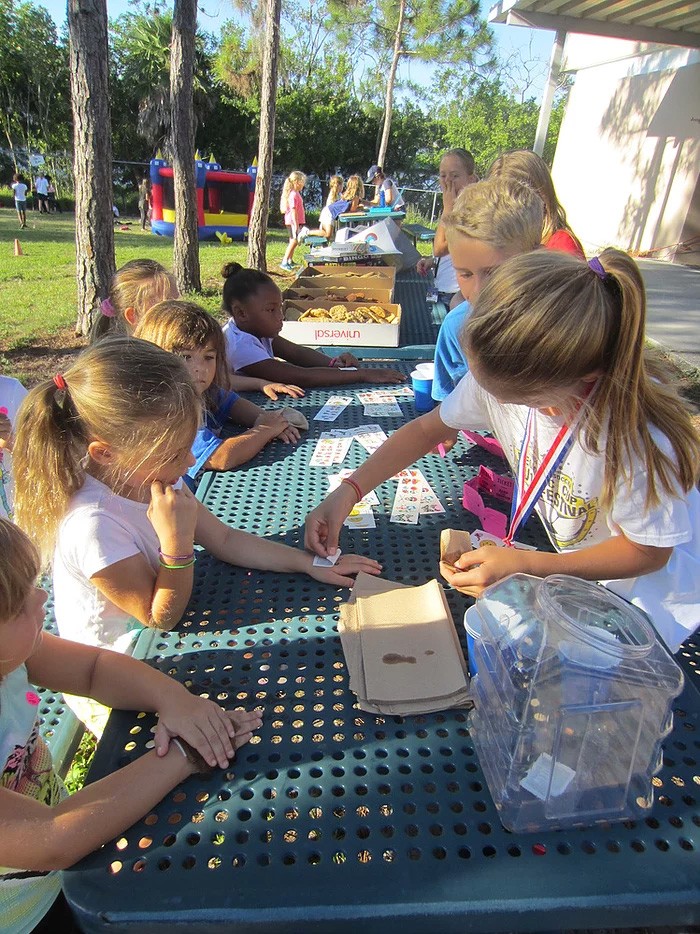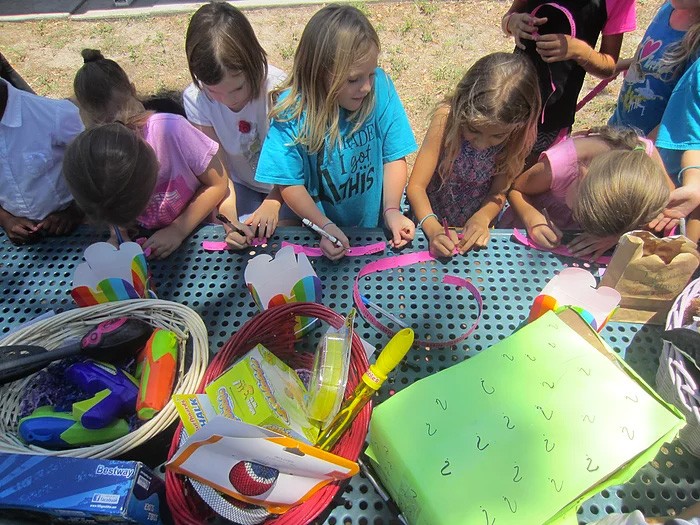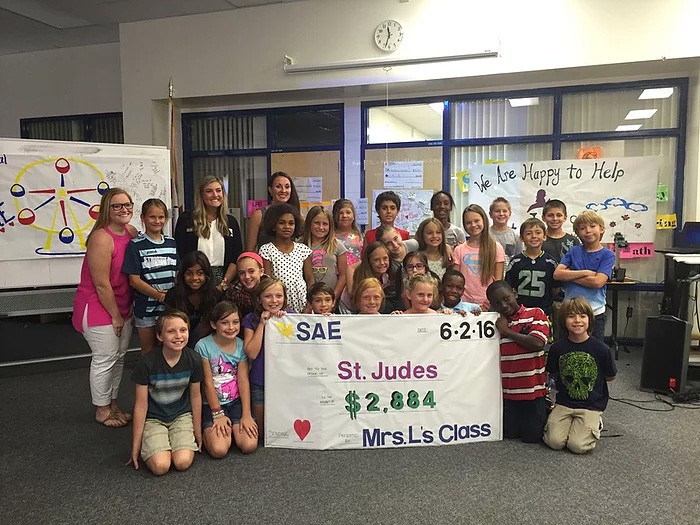I just finished my final community service project with my class in a public school setting. As usual, it turned out better than anticipated because I let the kids take the lead.
In college, teachers are taught that we need to differentiate for our students. Which is another way of saying that we need to design learning opportunities that adjust to meet our students’ needs.
We are taught that there are a variety of ways to differentiate to make sure that our students are comprehending what they learning about but here are the three most common:
Ability
Interest
Learning Styles
Ability differentiation is most common in schools if you see any at all. You may see different levels of work being completed (your typical high, medium, or low concept), like when kids are on a different level on a computer program or if you hear about your kids meeting in different small reading groups, it’s usually because their abilities differ and if done right, their groups are aligned based on an authentic pre-assessment.
Differentiating by learning styles is just that. If your child learns best through music, then lessons are taught through song. If you child is a visual learner then more images are used to teach the content. Or auditory, tactile, etc.
Differentiating through interest is when a teacher chooses a book, lesson, or unit topic based on what the student(s) are interested in and aligns the teaching points around that interest. Talented teachers can teach the same narrative literary skills through a book about dinosaurs, emotional struggle, or even a biography when given the flexibility.
Differentiation always seemed like a natural way of work to me.
My students have worked on interest-based projects from my very first year of teaching.

Selecting texts based on my students is the way you’d hope it would always be done.
Considering the end goal of what I want them to learn and then adjusting the activities to get them there based on what’s going on in our lives, happens every week.
And allowing their individual talents to shine through their projects is almost second nature at this point.
Just for this project alone, my artists designed the flyers. My writers wrote the scripts. My “marketing specialists” decided how to promote our event. My creatives came up with the games and the signage. My spatially aware kids helped plan where we would set up the games. The list goes on and on.
It seems like commonsense to me but it’s interesting to listen to some of the conversations that you hear from people when you start discussing the idea of doing things differently. Some have no idea what project based learning is. Some think that you can’t teach without a curriculum from a textbook company or unless you are in a building with individual classrooms.
If it’s the parents that I’m having the conversation with who have never explored other ideas, then I understand, you haven’t studied this or been around it every day as a part of your profession and I’m happy to shed some light. But when these comments are coming from teachers, it gets unnerving.
Yes, your students have a learning style and yes, you should make what you’re teaching relevant.
The lesson that I taught my students at one school who learned culturally and best through music, when we wrote a rap with to teach social skills would never be a lesson that I would have to use at my current school where those social skills are already understood and that isn’t their style of learning.

(2009-This was right before we took the stage of the musician that we rewrote his song, while he was performing at our school. They were so brave!)
Yes, you should use current events and not the same unit just because you already have it copied and have used it for years.
The project that I created this year where my students had to put together a business proposal to design a fence for our school garden and pitch it to ‘sharks’ like on Shark Tank would not have worked five years ago when I was at a school that didn’t have that same current opportunity or when the show wasn’t relevant.


(2015-One of our business teams and a ‘Shark’. 😉 )
Yes, you can teach more than one subject at a time.
Community service projects or any real life problem solving project for that matter, naturally incorporates all subjects, problem solving, empowerment, and even teaches a bit of human compassion and fun.
The reason I share this is because I think parents should be more aware of what’s going on in the actual classrooms and in schools. Are your schools using buzz words or is real personalized learning taking place? Something to consider, is it actually possible for one human to differentiate and address your individual child’s needs when they have 15, 20, or 60 other students? (The answer is almost always no-myself included.) So if it’s not, is your child getting what they need and deserve?
Even I know that I will actually be able to address my individual students’ needs and interests more next year because our numbers will be lower and because we can actually connect and get out into the real world. There are only so many ‘real-life-like’ events that you can mimic on a school campus.
Teachers, no matter what school like setting you’re in, I encourage you to design in reverse-design around your students. Don’t use only the district resources because the district doesn’t know the real humans sitting before you and they are certainly different within each of our schools. You were taught how to do this and you are capable. Do it on a realistic scale to start, then get better every year. Then the fun begins, get out of the way and watch the magic happen.
Here are a few videos that shows how our community service project turned out this year.
Part 1:
Part 2:
Part 3:
This carnival and these projects are difficult and take effort to coordinate. Differentiation is hard.
But it’s what our students deserve.






